Navigating AI, deep fakes and disinformation amid federal election
From deep fake politicians and ballot tampering conspiracies – welcome to the federal election in the age of generative AI and disinformation.
News
Don't miss out on the headlines from News. Followed categories will be added to My News.
The country is facing its most disinformation-prone election yet as the first since generative AI and deep fakes burst into the mainstream.
New insights reveal more than half of Aussies are significantly concerned about “fake news”, yet about one in 10 AI users plan to make their own fake political content using artificial intelligence tools.
This comes amid an increasingly complex media landscape of politicians impersonating constituents in Facebook posts, lobby groups funding misleading advertising campaigns, conspiracy theories about ballot tampering, scammers using altered images of political figures, and potential foreign interference efforts being monitored by ASIO.
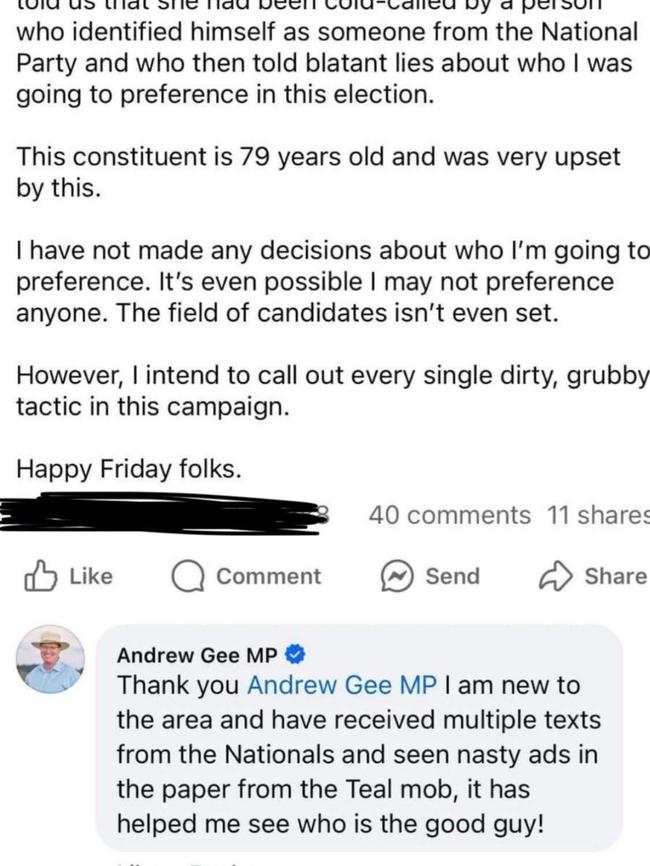
The 2025 Real Concerns report commissioned by Real Insurance found 52 per cent of Australians had become “very” or “extremely” concerned about fake news, and that 23 per cent were at heightened risk of falling victim to disinformation as they “rarely” or “never” fact checked political news before believing or sharing it.
Meanwhile, exclusive insights from Lonergan Research found about a fifth of Australians were using AI assistants – such as ChatGPT – in the context of the election and that 12 per cent of those had used or planned to use them to generate fake images or content related to politicians.
Canberra resident Owen Knight created his own AI deep fake model trained on images of Opposition Leader Peter Dutton.
The tool is openly available online and has produced results from convincing replicas to unflattering caricatures depicting Mr Dutton as a potato.
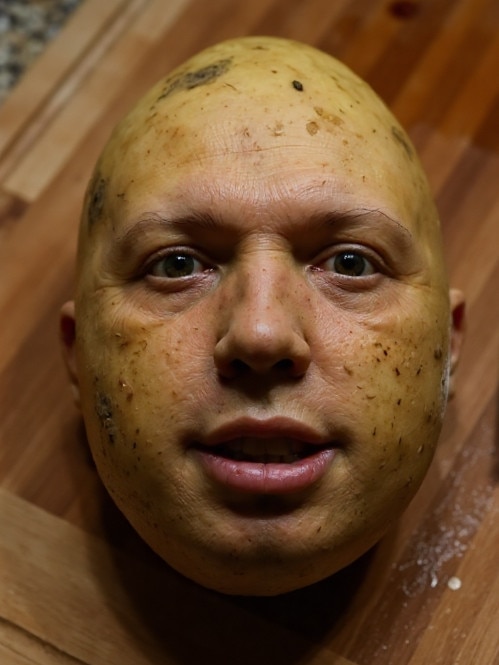
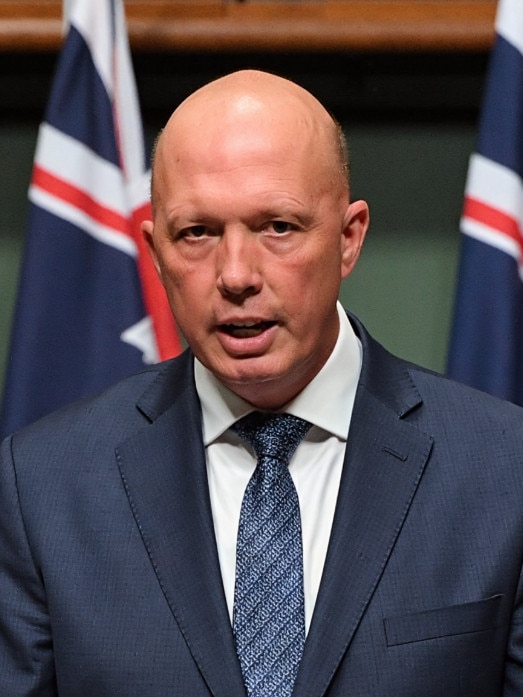
The model is one of many that have been built specifically to mimic politicians and public figures and, while a disclaimer states the Dutton model is “intended for artistic and satirical purposes”, Mr Knight admitted it could be used to generate “inappropriate” or “malicious” images.
“I have no doubt that the sample images … would fool ninety plus per cent of people, and I did not work hard on these,” he said.
This election marks Australia’s first since generative AI technologies became widely accessible in late 2022 with the release of ChatGPT, significantly enhancing the ease with which convincing fake content could be created and distributed.
Experts urged voters to be vigilant.
“We haven’t had this environment before on social media,” Trend Micro field chief technology officer Mick McCluney said.
“My more optimistic view is that actually we’re growing with this, we’re growing more suspicious.
“My less optimistic view is that it’s going to be challenging.”
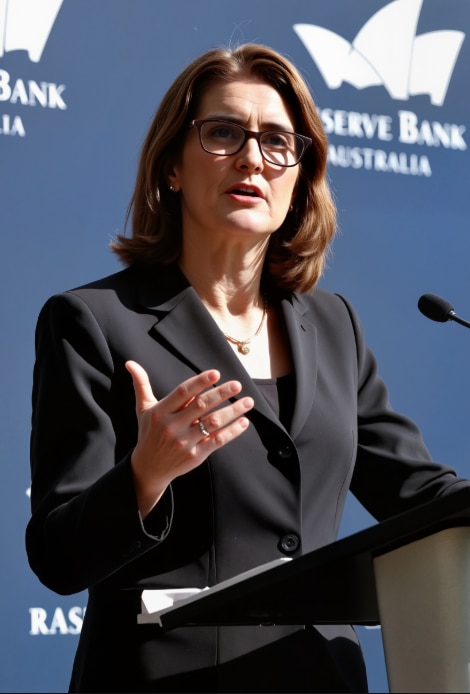
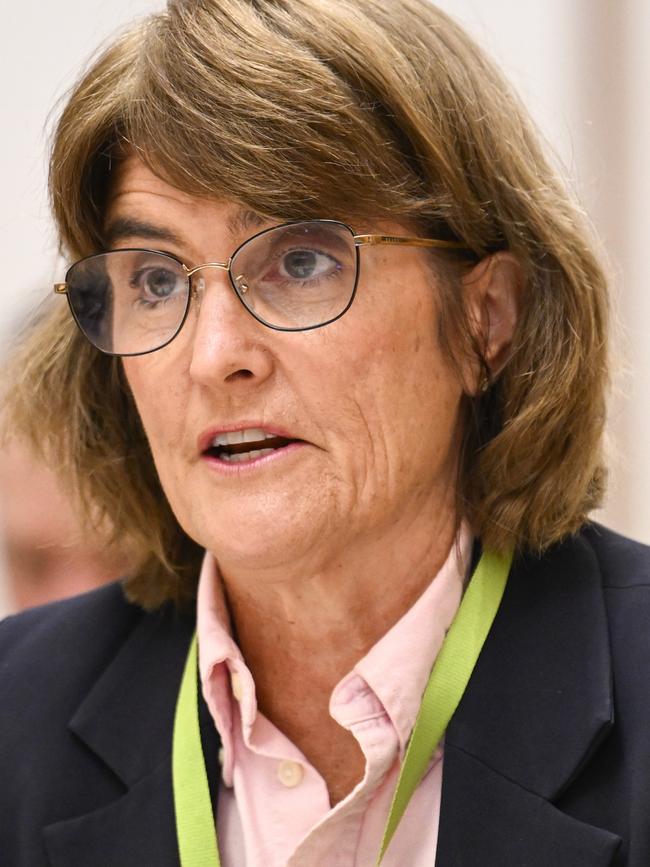
AI-generated images are just one tool being used to spread false or misleading information during election campaigns.
Microsoft Australia and New Zealand national security officer Mark Anderson said two primary threats in recent overseas elections were legitimate videos that had manipulated audio inserted, and fake “pink slime” news sites – fake news publications with legitimate-sounding names but filled with fabricated content.
“You might take a remote outback town and then append the word Tribune or Herald to it,” Mr Anderson said.
“So people might believe what they’re reading, but more importantly … do other news agencies or so forth pick up on that and then repeat that locally?
“You take a lie, you repeat it through legitimate channels, you then start to solidify the lie.”
Fake articles about Australian politicians have already appeared in Facebook ads, including images purporting to show opposition leader Peter Dutton being arrested and Senator Fatima Payman with fake blood splatter.
A Meta spokesman confirmed they were investigating an ad depicting Senator Penny Wong with a black eye, captioned “Penny Wong’s tragic end! This morning’s news shocked all Australians”.

“We remove content that violates our Community Standards, flag and reduce distribution of stories marked as false by third-party fact-checkers, and label content and inform people so they can decide what to read, trust and share,” he said.
While Meta abandoned its fact-checking program in the US earlier this year, the spokesman confirmed it would not be making any changes in Australia prior to the federal election.
Still, analysis of advertising data revealed dozens of Facebook pages masquerading as Australian news sites but operated by political groups or foreign administrators.
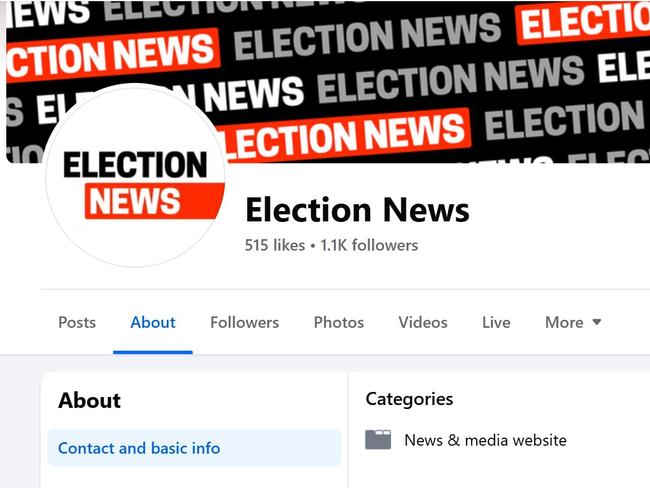
The “Election News” page, for example, is backed by conservative lobby group Advance Australia, which had spent more than $201,000 sharing articles that disparaged opponents.
The articles were from legitimate news sources but very outdated.
Similarly, “independent News” is backed by Climate 200, which spent $199,000 promoting Teal candidates under the guise of a news page.
Other Facebook pages are fake news brands run by administrators from countries including Ukraine, China and Romania, with some using logos from legitimate broadcasters or altering legitimate news videos to splice in their own audio or imagery.
While these foreign-run pages appeared to be vehicles for scams, the same tactics could be used in foreign disinformation campaigns.
ASIO director Mike Burgess warned in February to expect foreign interference attempts as Australians headed to the polls.
“I’m acutely aware this year’s federal election will be held in a security environment characterised by eroded trust in institutions, miss- and disinformation, incidents of politically motivated violence and attempts at foreign interference,” he said.
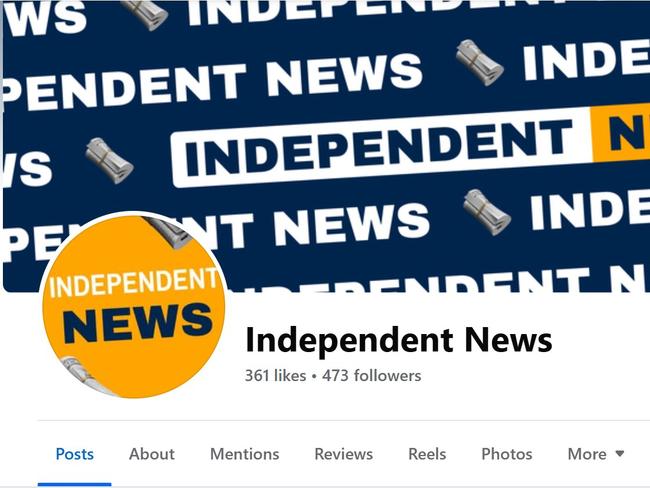
“If a foreign regime tries to meddle in the election by pressuring diaspora groups, directing foreign language newspapers, spreading disinformation on social media or using any other tactics sometimes seen overseas we will know and we will act.”
The Australian Electoral Commission, which has a dedicated disinformation register, reported conspiracies about the electoral process had been circulating online even before campaigning had officially begun – including false claims about preference distribution and ballot tampering.
AEC media and digital engagement director Evan Ekin-Smyth said most of this content was spread by people who jumped from issue to issue – for example, spreading falsehoods about health then posting about elections.
“You don’t see too much incorrect information about the election process spread by political parties or candidates but it has happened in the past,” he said.
University of Sydney’s Professor Terry Flew predicted most mis/disinformation would come from “third parties with a degree of plausible distance from the major parties”, such as Advance Australia, Climate 200 and “some of the unions”.
Prof Flew said political parties and candidates were also largely free to make up claims in their advertising as long as it did not cross into libel, and that Clive Palmer’s Trumpet of Patriots party would be one to watch.
“It’s not illegal to lie in an Australian election campaign and it’s not illegal to misrepresent your opponents,” Mr Flew said.
“It’s difficult to legislate against.”
HOW TO SPOT A DEEP FAKE
Tips from Professor Tony Jan, director at Torrens University’s Centre for Artificial Intelligence Research and Optimisation (AIRO)
CHANGING SHADOWS
Check if the light source is coming from the same direction on the subject’s face as on their body.
PERFECT SKIN
AI-generated skin is often too smooth. Also check if the skin looks the same on the face as on the body or hands.
FACE SYMMETRY
Most human eyes are not quite symmetrical, whereas in AI-generated images they often are.
REPEATING PATTERNS
Is the background a shelf with books in repetitive patterns of size and colour? Does the texture on the subject’s suit appear to present in the same pattern over and over? If it’s a video, the subject may blink at regular intervals, unlike how people naturally blink.
TOO MUCH SHINE
Glasses and jewellery sometimes have an unnatural level of shine in AI-generated images, which can give them away.
THE WAY FABRIC FALLS
Look out for a lack of wrinkles and shadows in the subject’s clothing.
ISOLATED EXPRESSION
If the subject appears to be speaking in the image, check if their whole face is forming an expression or only their mouth. An AI-generated image may use relaxed eyes but an open mouth, which looks slightly unnatural.
Originally published as Navigating AI, deep fakes and disinformation amid federal election


